Ruth and my interests concentrated very early on the magnificent and varied Japanese art forms. We loved most of the Japanese art forms, to include the exquisite lacquer objects such as Inro; had a great interest in Netsuke and Katagami, and simply fell in love with Japanese pottery very early in our collection efforts. We stayed away from two major art forms: woodblock prints because a friend of ours was a major dealer; and weapons because they did not appeal to us. Through our collecting, we met most of the major dealers in Japanese Art.
One Gentleman stood out and impressed us tremendously, due to his reticence and tact combined with his in-depth knowledge concerning all the major Japanese art forms. In addition, it was obvious that he was extremely well versed in all the art forms of Southeast Asia. We would see Mr. Heckmann at every major auction and were grateful for his opinion on items that interested us. His subjective acquisitions made it clear that he was helping world-class collectors acquire their treasures.
Our major love soon focused extensively on Japanese pottery, to wit, chawan and chaire. Ruth’s loved the chawans, while the chaire held my love. Our collection blossomed to the point, where Ruth decided to start selling our treasures, to allow us to continue finding and acquiring new treasures. She attended the smaller fairs and soon had a following of serious collectors. We were fortunate in being able to travel to Japan on a tour of Japanese potters conducted by a well known German potter named Horst Kerstan. This tour took us into the mountains of Japan, where normal tourists never get to visit. We visited many potters who were “Living National Treasures ‚LNT‘ ” as well as young and upcoming potters. We were also fortunate in visiting the major Japanese Museums. The pottery shown us by the Living National Treasures was beyond our financial means. However, we were able to acquire approximately 20 chawans and chaire from the young potters visited. From the 20 or so pieces that we had acquired on our tour, about 12 of these potters were honored with the title of Living National Treasure in subsequent years.
One of Ruth’s collector told his wife: “we have to be at the opening of the fair within the first five minutes or the best pieces are gone.“ Another couple told us that they could not resist buying a chawan, once they had seen the piece in Ruth’s hand and watched as she held and turned it. During our visits to the various museums, I acquired as many books and catalogs as possible. My main interest was in acquiring pictures which displayed the pottery. In support of Ruth’s efforts, I would document her items as much as possible, to include: the maker; his biography; which museums had items from the artist; which collectors had previously owned the items, etc.
Sometimes Ruth was able to furnish her collectors with six DIN a4 pages of documentation on items that they had acquired from her. This extra documentation really motivated her collectors. When we finally arrived at our hotel in Tokyo, I had acquired a very large carton full of catalogs. I asked the gentleman in charge of helping hotel guests if he would please mail this carton to me in Germany.“Of course” was his reply. He would do it on Sunday, the day of our departure. On Sunday morning as I came down to the lobby, he met me with a very sad face. “The carton is too large for the post office”!I was hit with a ton of bricks and just stood there. He then inquired: “Would you allow me to open the carton and make two smaller packages?” “Would you do that for me?“ “But, of course.“ The packages duly arrived in Germany and now I was obligated. I mailed the gentleman a Montblanc pen and pencil set with leather holder and received the nicest thank you letter which I still treasure.
-Written by Dirk Douglas
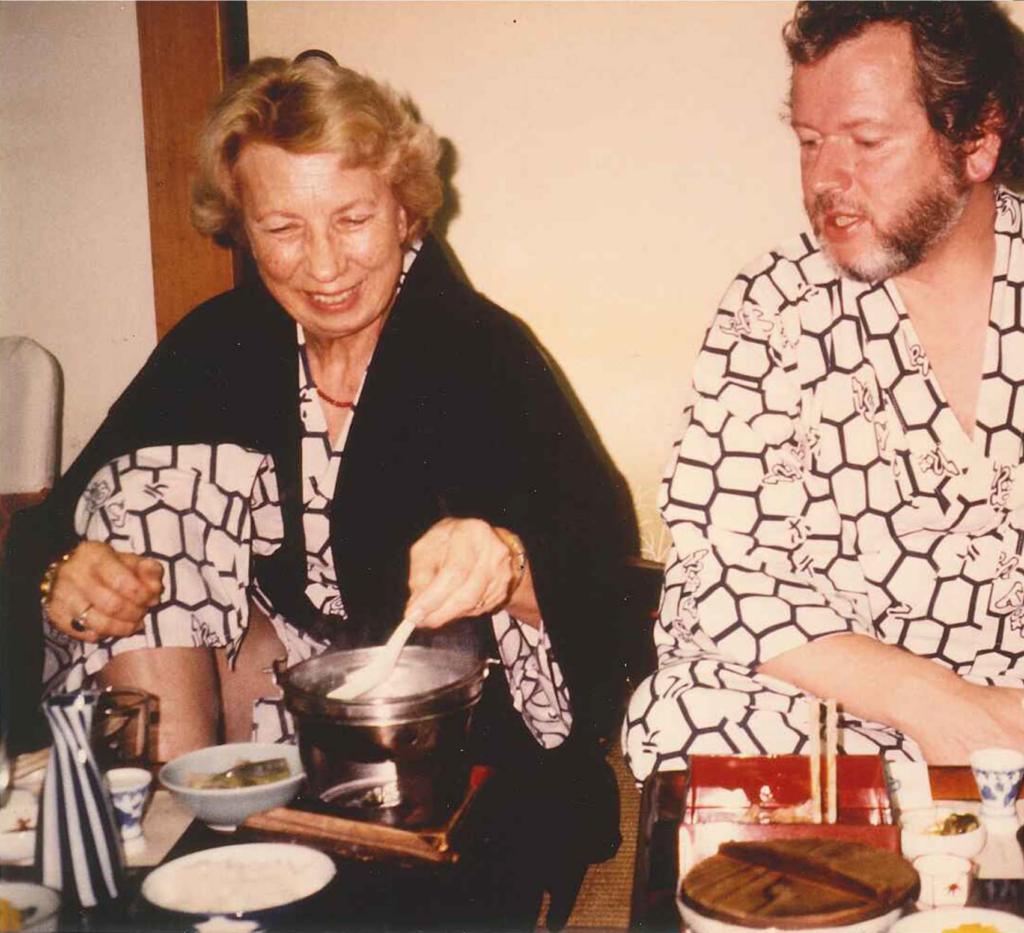
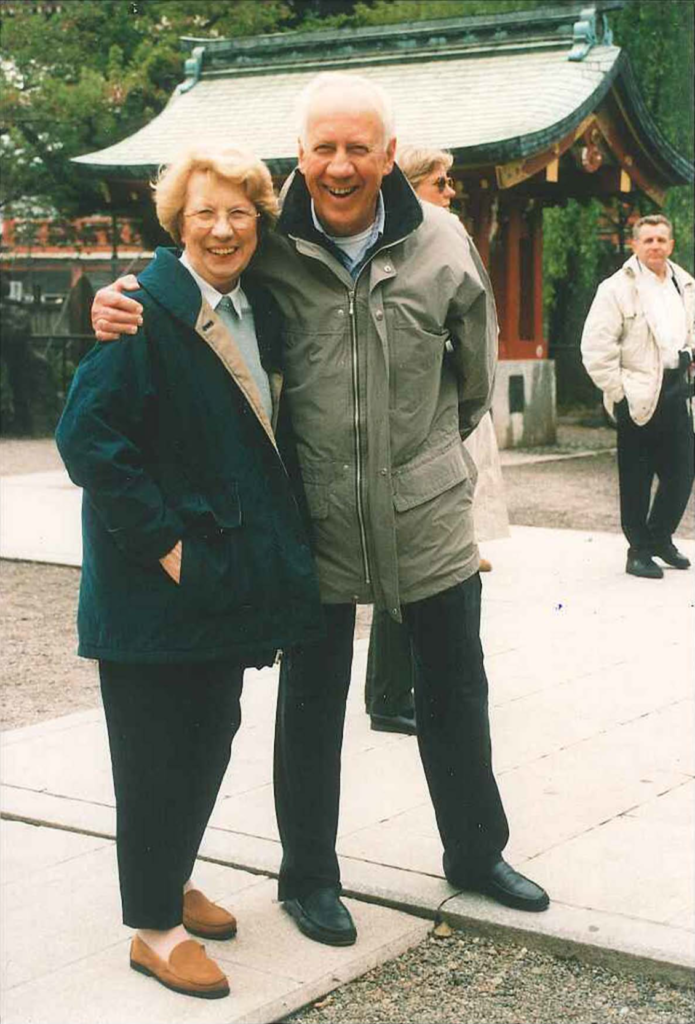

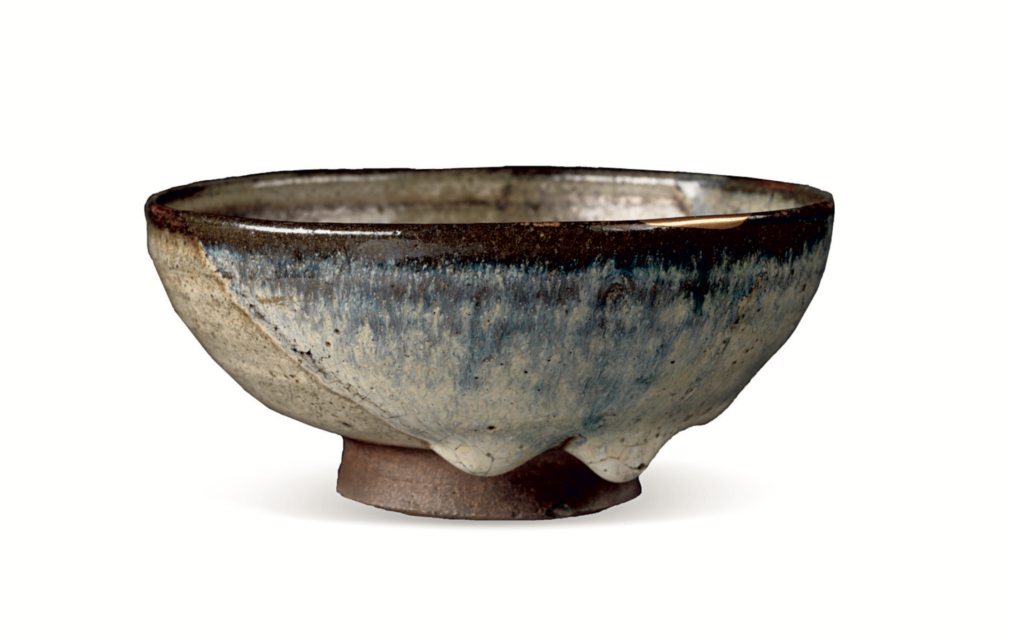
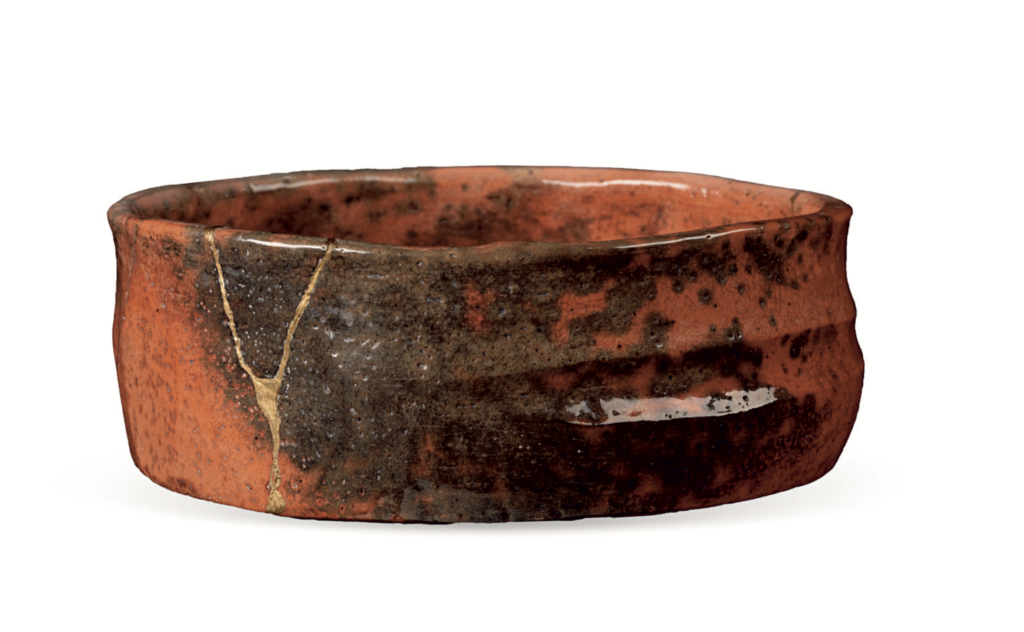
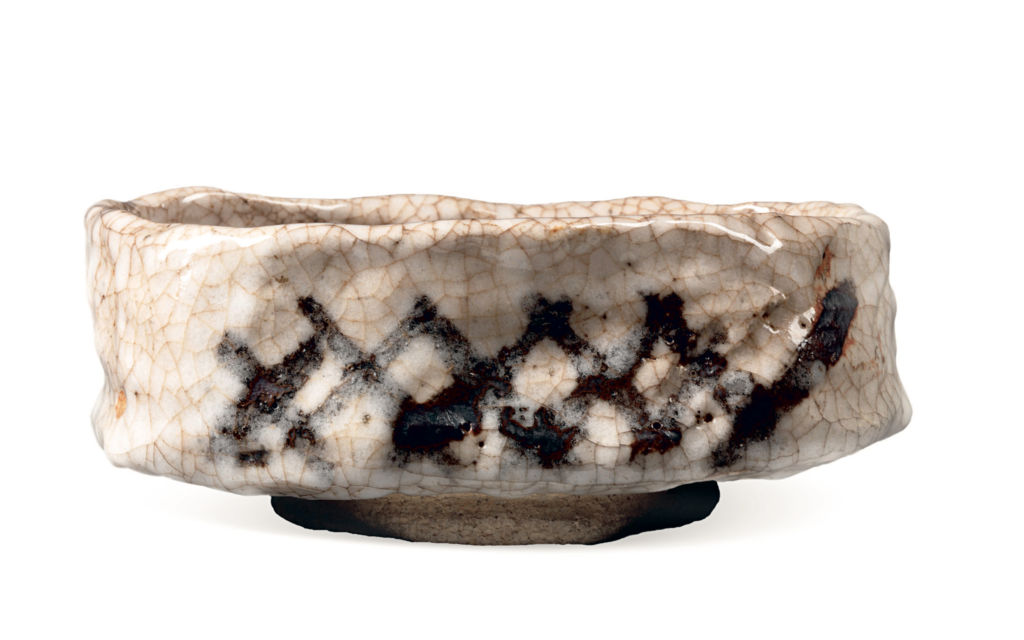
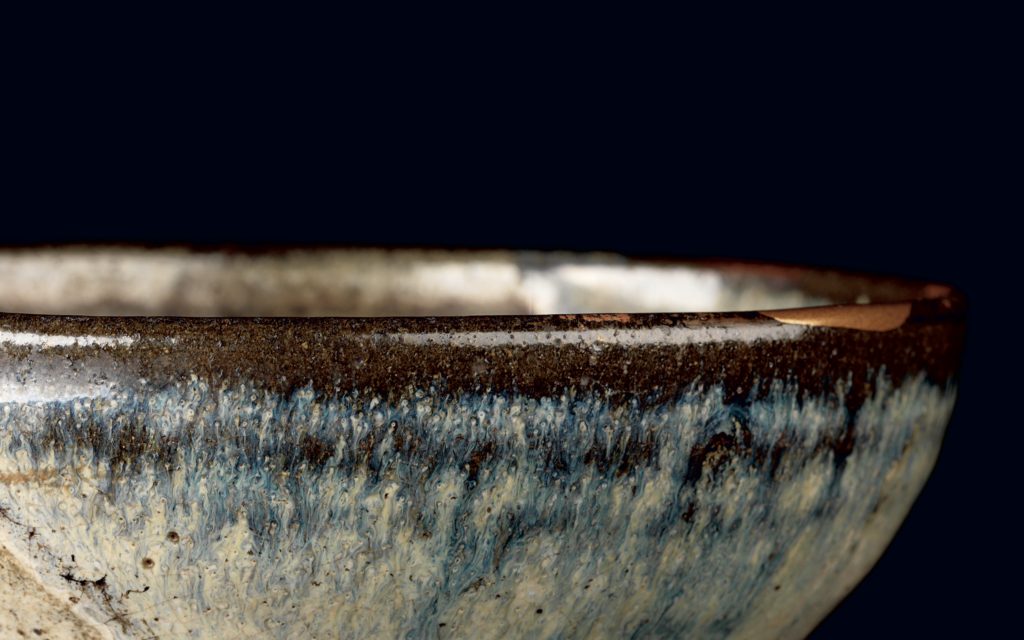
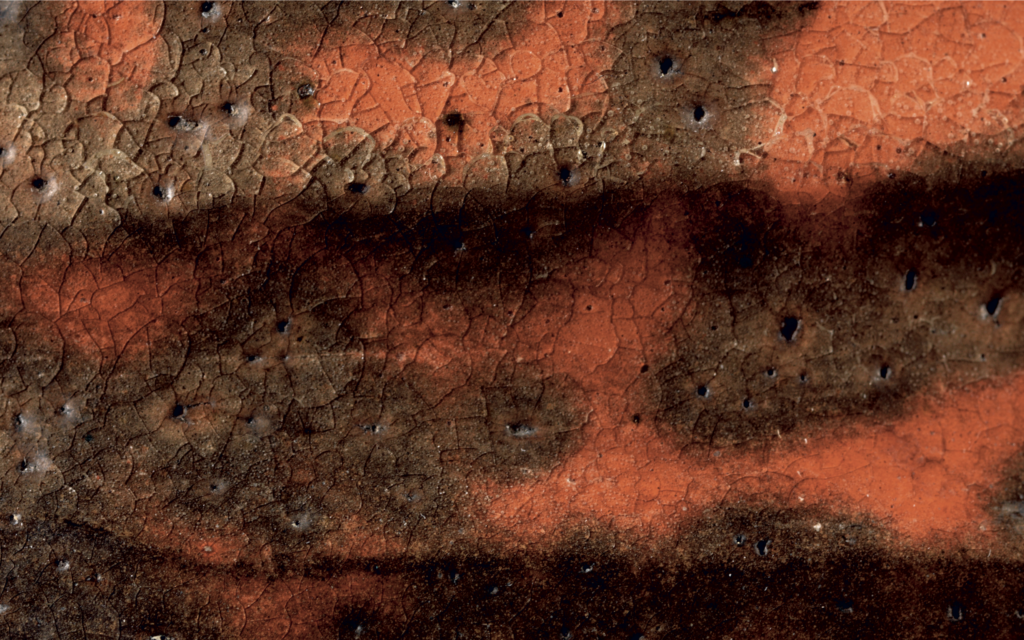
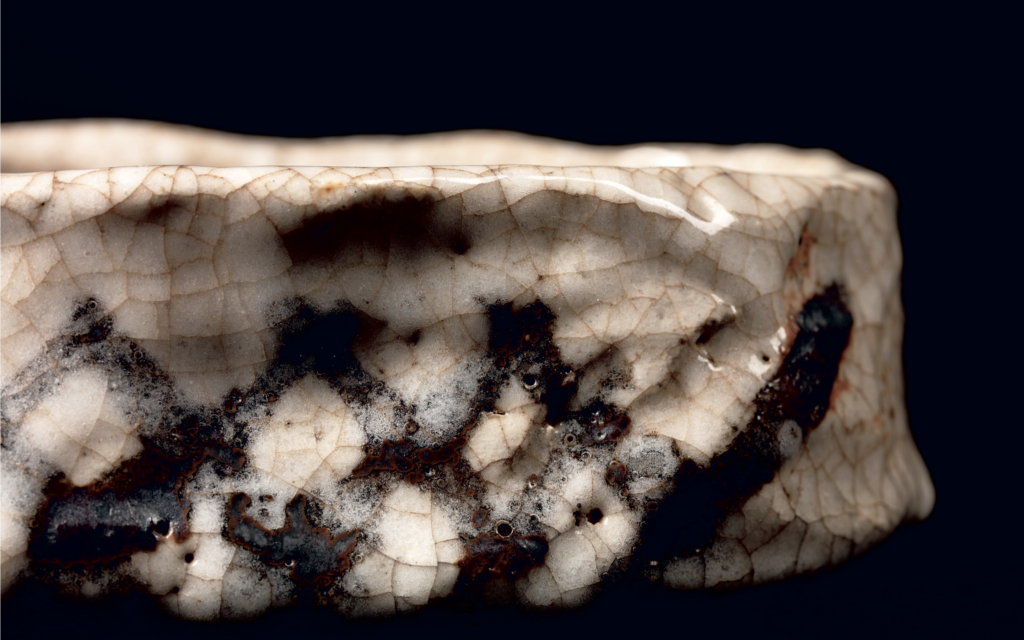

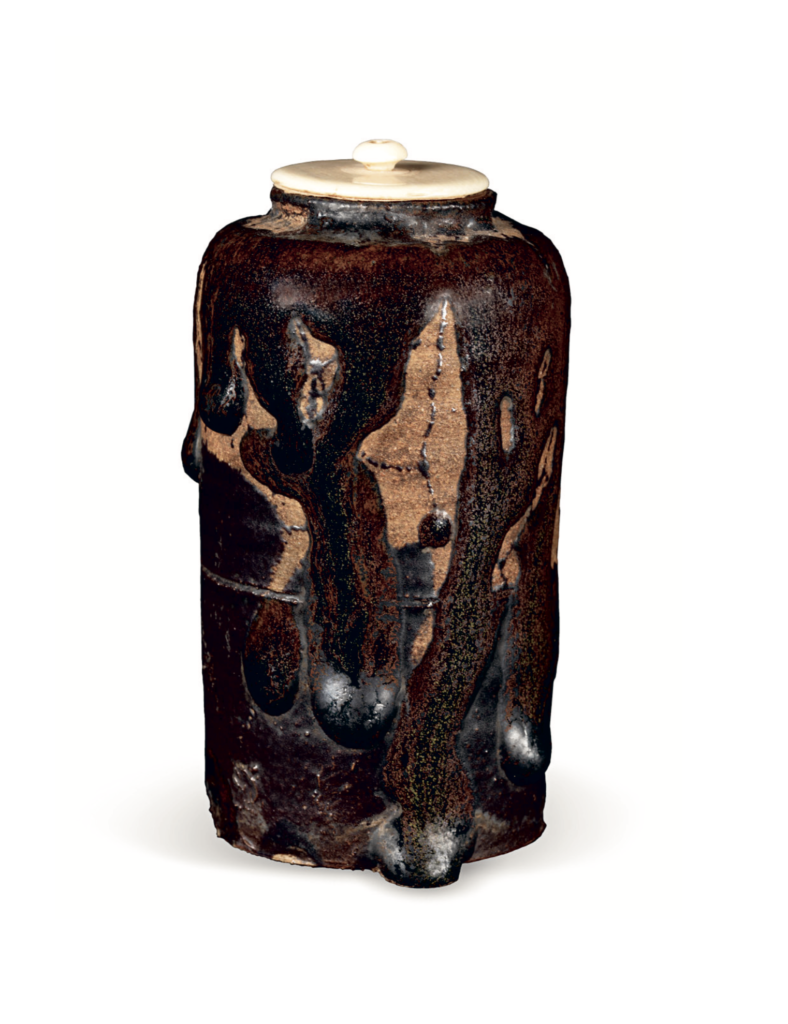
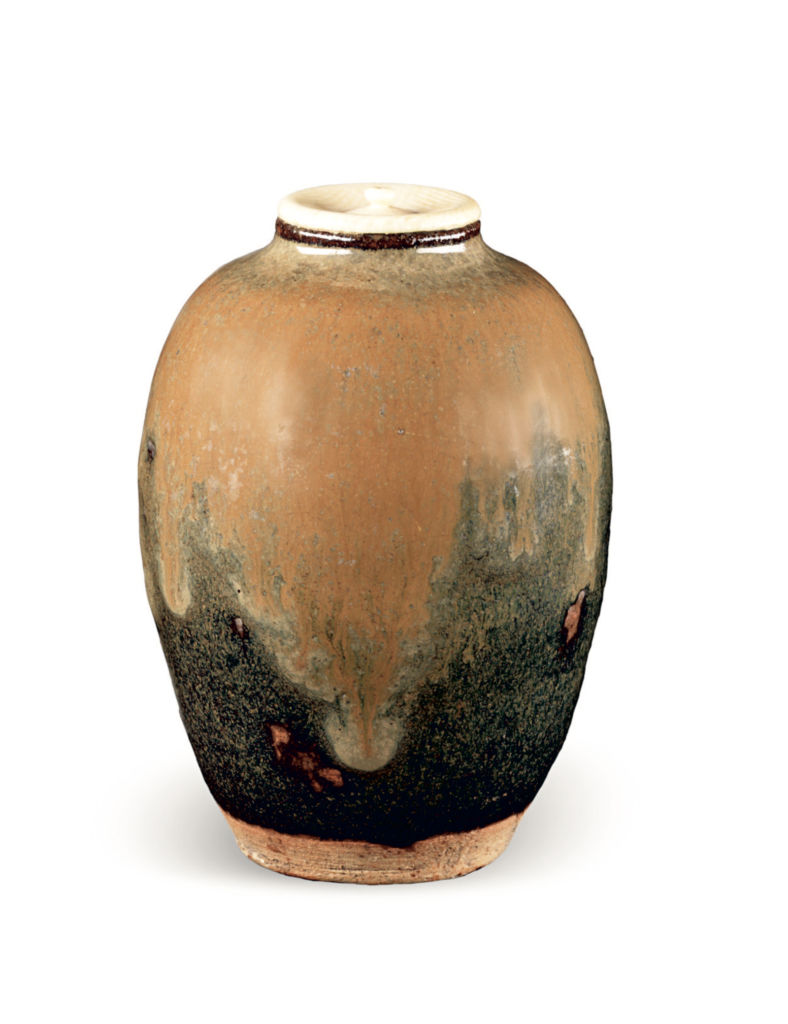
Hinterlasse einen Kommentar